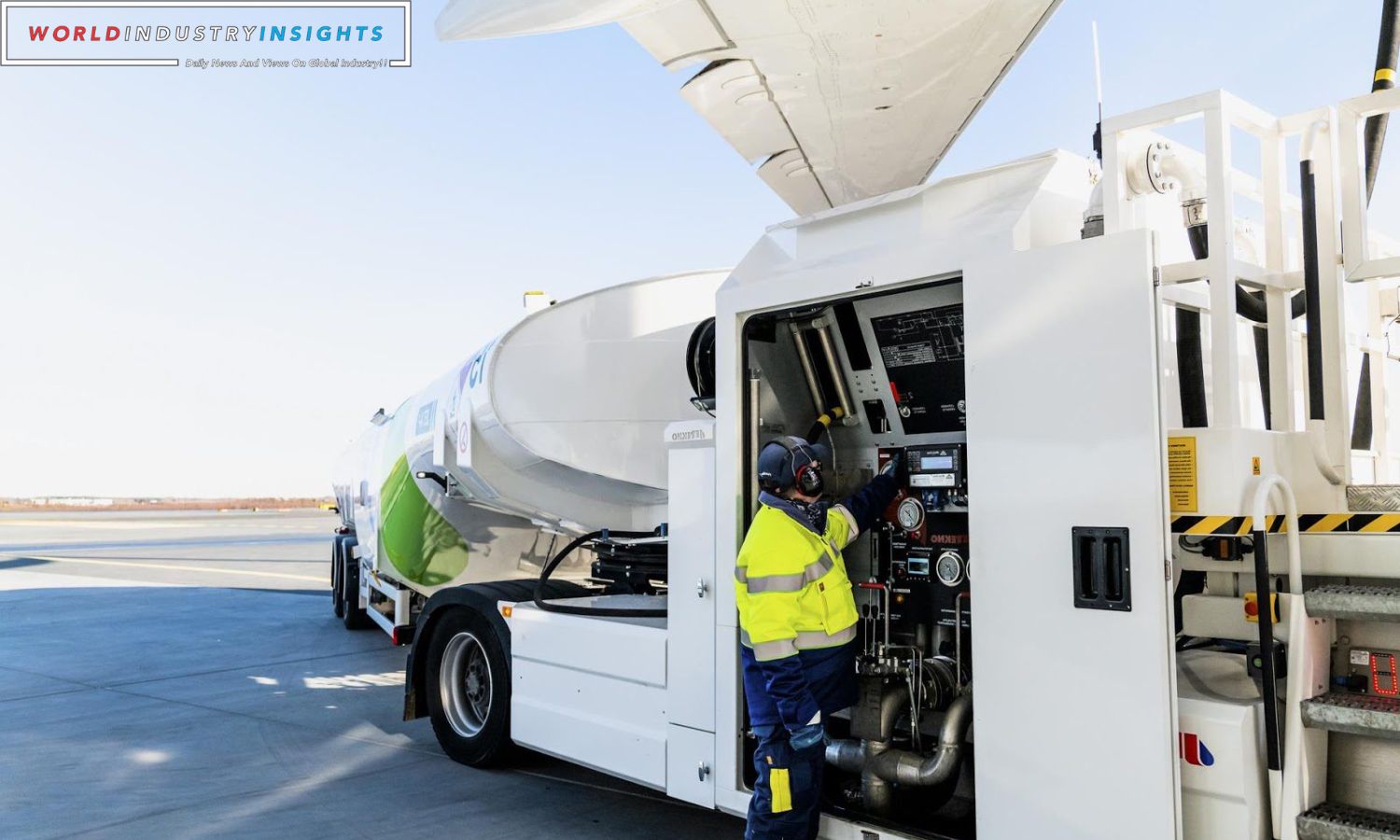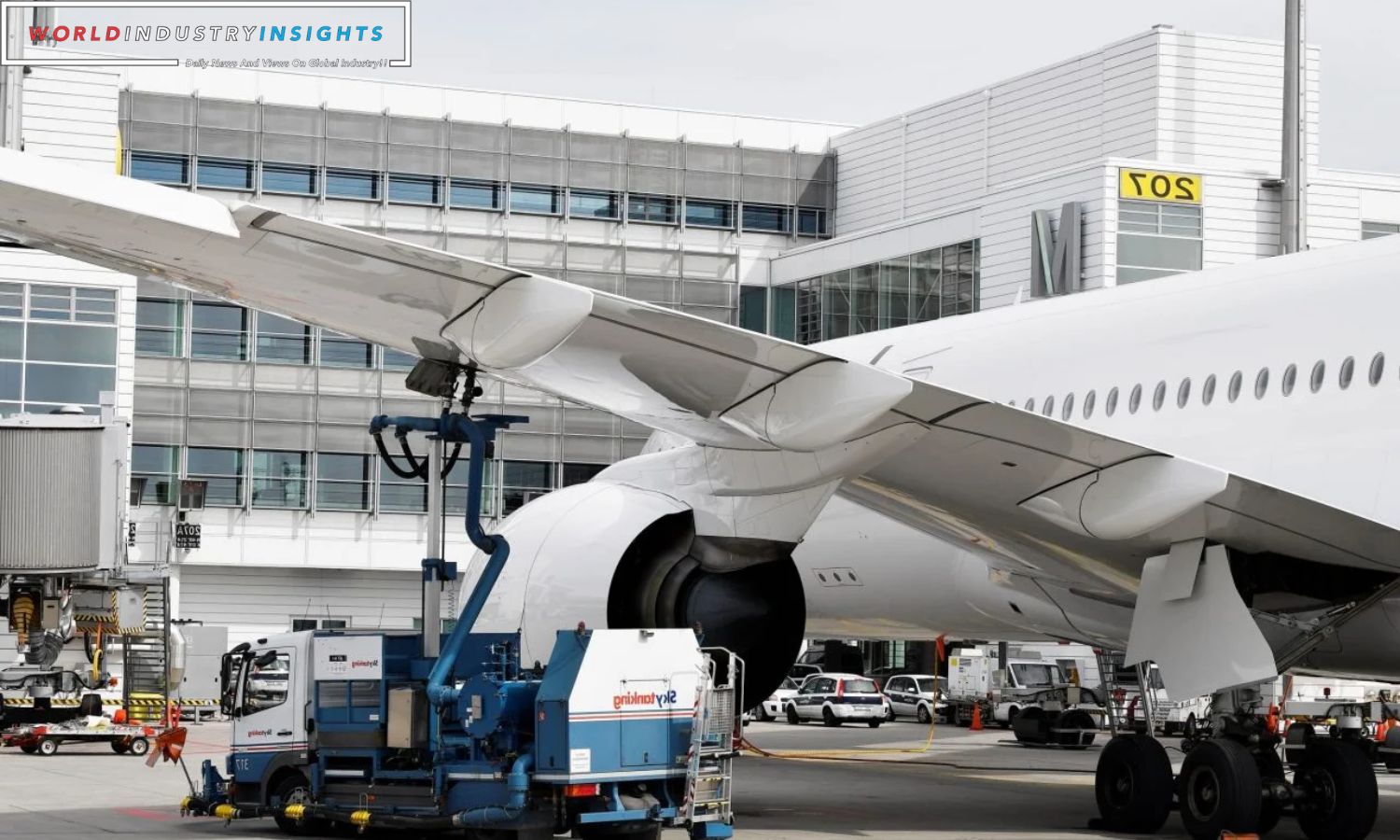Aviation Emission Accord: In a groundbreaking turn of events, nations at U.N.-led talks have hammered out a significant agreement pertaining to an interim 2030 target aimed at slashing emissions from international aviation. This accord revolves around the adoption and promotion of sustainable aviation fuel (SAF) as a pivotal strategy to mitigate the environmental impact of the aviation industry.
While the nitty-gritty details of the agreement are yet to be unveiled to the public, a senior delegate involved in the negotiations spilled the beans, indicating that the accord calls for a 5% reduction in emissions by 2030 through the widespread utilization of SAF or other forms of clean energy. Notably, this figure represents a slight tweak from an earlier draft that floated a broader reduction range of 5-8%.
The agreement comes on the heels of a five-day marathon of talks hosted by the International Civil Aviation Organization (ICAO) in Dubai. This development assumes paramount significance, unfolding just days prior to the kickoff of the COP28 summit on climate change, where nations will converge to grapple with pressing environmental challenges.
Also Read: Wizz Air Adjusts Profit Forecast Amid Aviation Uncertainties
This breakthrough underscores a tangible leap forward in the ongoing global endeavors to wrestle with the environmental repercussions of international aviation. The adoption of a specific and actionable target for emissions reduction underscores a shared commitment among participating nations to prioritize sustainability in the aviation sector.
However, navigating the path toward a more sustainable aviation industry is not devoid of hurdles. Certain nations, including heavyweight players like China and Russia, have voiced reservations about the potential economic ramifications tied to this emissions reduction target. Striking a delicate balance between environmental imperatives and economic considerations remains a nuanced and ongoing task.
As the world collectively confronts the urgent imperative for climate action, the aviation industry’s dedication to paring down its carbon footprint assumes increasing centrality to broader environmental sustainability goals. The agreement hammered out at the U.N.-led talks represents a pivotal stride in aligning the aviation sector with global initiatives aimed at combating climate change.
Our Reader’s Queries
How do you fix aviation emissions?
Encouraging options beyond air travel, improving aircraft fuel efficiency, and creating sustainable aviation fuels are all ways to reduce carbon emissions. Investing in renewable energy, carbon credits, and nature-based climate solutions can also help remove carbon from the atmosphere. These efforts are crucial in mitigating the impact of aviation on the environment and promoting a more sustainable future.
What is an aviation emission?
Aviation emissions are a major factor in climate change. The burning of fossil fuels by airplanes not only releases CO2 emissions, but also has a significant warming effect due to nitrogen oxides (NOx), vapour trails, and cloud formation caused by the high altitude at which aircraft operate. These non-CO2 effects are particularly potent and contribute significantly to the overall impact of aviation on the environment.
Is aviation included in the Paris Agreement?
Although international aviation emissions were not specifically mentioned in the Paris Agreement, the agreement did establish a challenging and legally binding long-term global objective.
How much does aviation contribute to emissions?
Aviation has been a major contributor to global energy-related CO2 emissions, with a growth rate faster than rail, road, or shipping in recent decades. In 2022, aviation accounted for 2% of these emissions, and as international travel demand recovers from the Covid-19 pandemic, emissions have reached almost 800 Mt CO2, which is about 80% of the pre-pandemic level.


